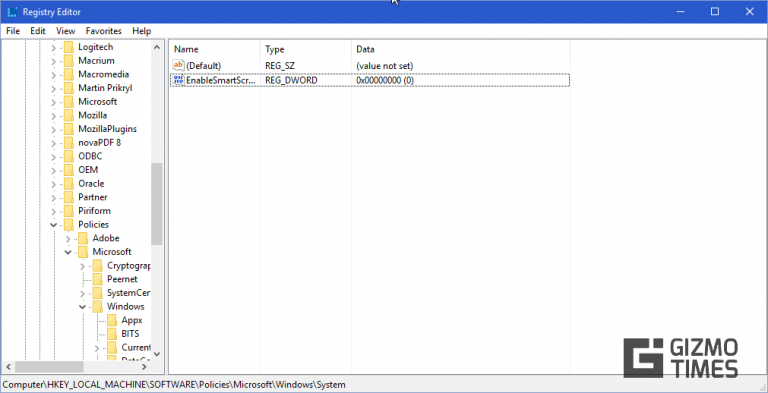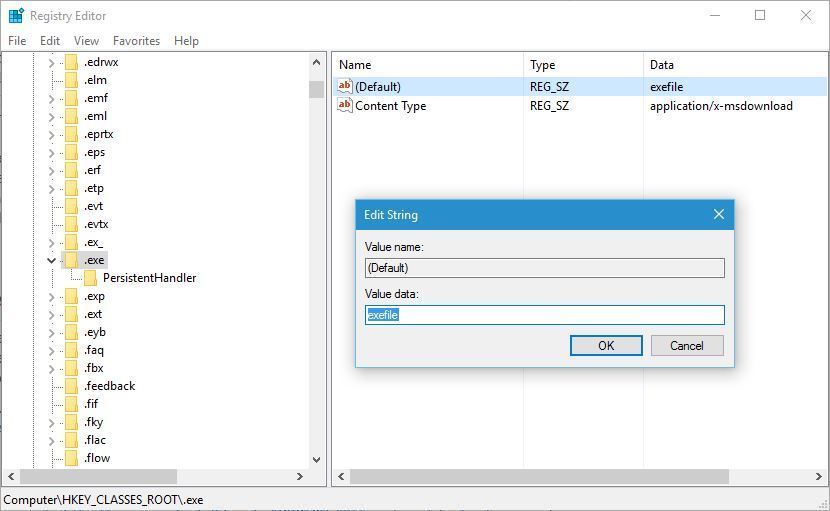

There are two basic types of options that you can define in Word: This article describes various methods that you can use to reset user options and registry settings in Microsoft Office Word.

For more information about how to back up, restore, and modify the registry, see Description of the Microsoft Windows registry. Make sure that you know how to restore the registry if a problem occurs. Make sure to back up the registry before you modify it. This article contains information about how to modify the registry.

Or you could see my linked answer and lock those values.How to reset user options and registry settings in Word That way you would have an automatic way to change the position of your program's window, although you would have to run it whenever you wanted to restore. You can conceivably alter the values of your program and afterwards create a backup of the registry keys you changed. DX and DY are the width and height of the window. X and Y are the coordinates of the window's top left corner. Then modify the following values iWindowPosX HKEY_CURRENT_USER\Software\Microsoft\Notepad In the registry, go to the following folder: (The following is quoted from the first link but as blockquotes make this ugly I retained original formatting)įor Notepad, this is how you should proceed. I'm basing my answer on this but like I said and researched, different programs use different keys to store the same information. This isn't a one-size fits-all solution, because programs don't follow any naming convention regarding window placement. The following was something I wrote before that might help you if you want to lock the values.


 0 kommentar(er)
0 kommentar(er)
